Moving mountains: Reinhold Messner's collaboration with Montblanc
May 21, 2021
The first person to climb Everest solo and without supplemental oxygen, Reinhold Messner is widely considered the greatest mountaineer of modern times. He speaks to Natasha Gillespie-Wong about tragedy, triumph and his latest collaboration with Montblanc
Reinhold Messner, the thick-bearded Tyrolean with hair as wild as his accomplishments, looks fit and strong as he speaks to me from his house in the snowy Alps. Seeing him in the flesh – or in this case via Zoom – one is reminded that the legendary mountaineer and explorer is in fact human, despite his superhuman achievements.
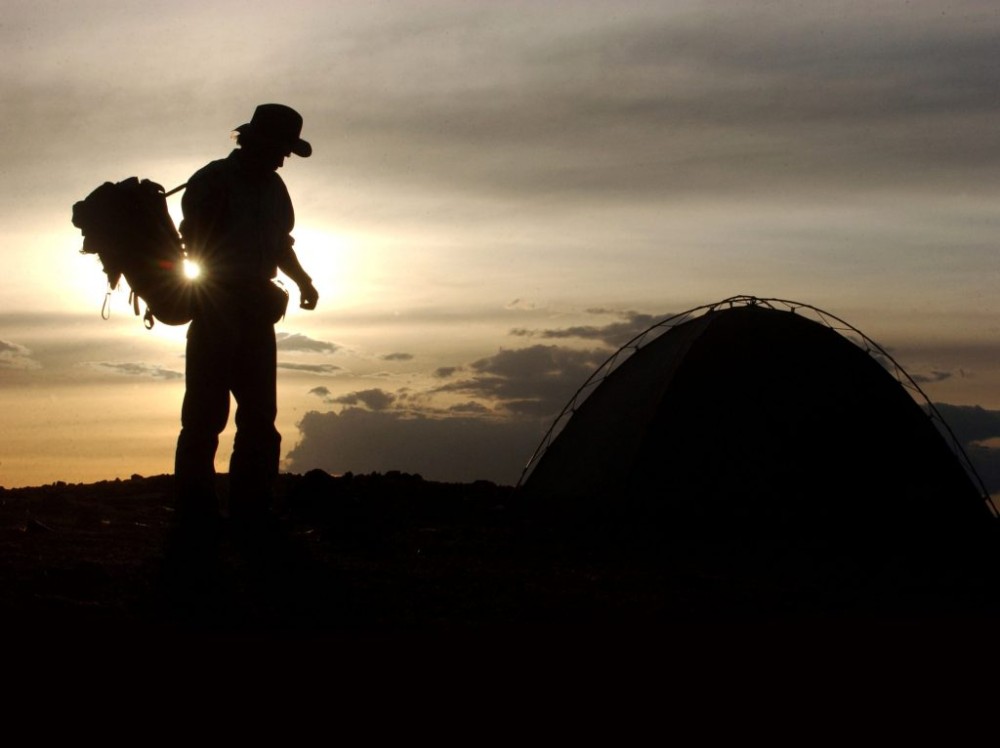
It’s those achievements, including becoming the first person to climb Everest solo and without supplemental oxygen and the first to climb all 14 peaks over 8,000m, that inspired German luxury goods brand Montblanc to create a limited-edition timepiece in Messner’s honour.
“Reinhold Messner embodies the values we want to highlight with our Montblanc 1858 product line,” says Nicolas Baretzki, Montblanc’s CEO, in a press release. “With his fearless spirit and irrepressible sense of determination, he is a source of inspiration for adventurers across the globe.”
The 1858 Geosphere Limited Edition features a world time complication with two turning globes with red dots to mark the Seven Summits – otherwise known as the Messner list – as well as a caseback inscribed with an image of the Mont Blanc mountain, the complete Messner list, a compass, two crossed ice pickaxes and Messner’s signature.
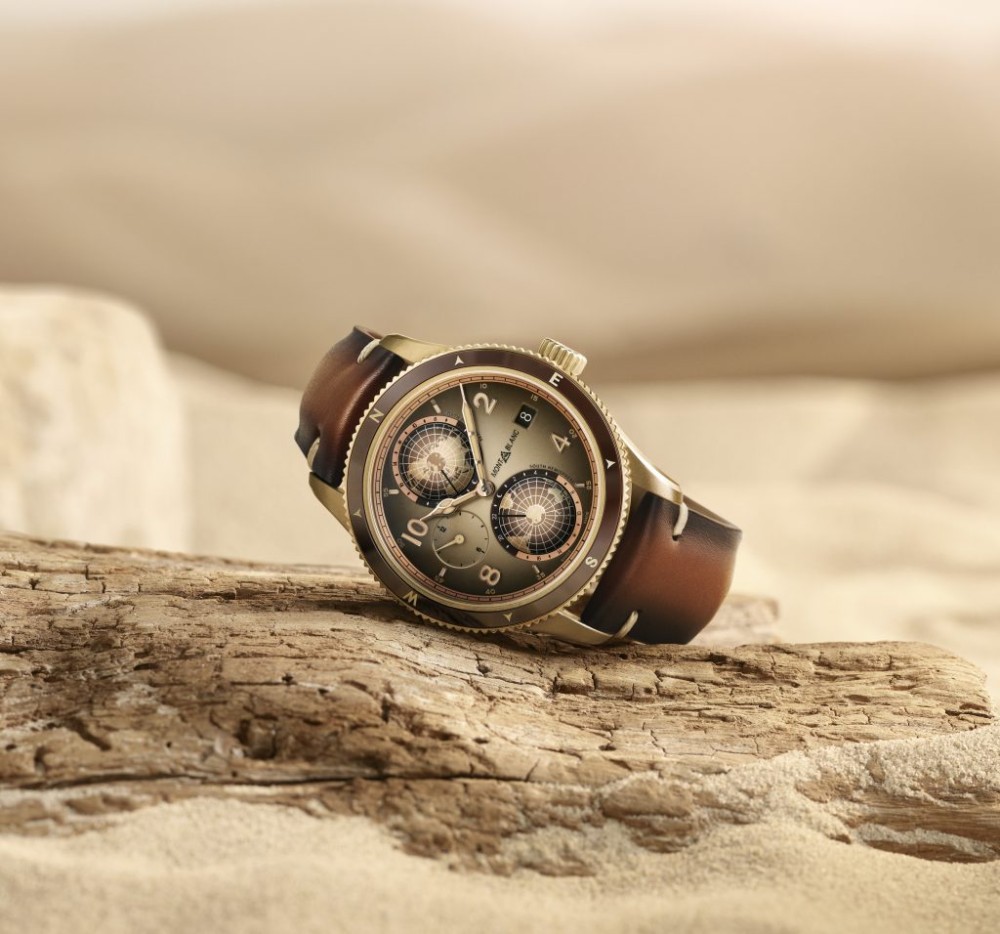
“Perfect preparation is one of the keys to success,” Messner says. “I’m a perfectionist – the planning, the logistics, that’s something that Montblanc and I share.”
Besides his record-breaking climbs, Messner was amongst the first 20 solo ascents for each 8,000m-plus mountain and in some cases the first and only. After climbing Everest for the first time alongside Peter Habeler, Messner went back two years later to climb it solo during the monsoon season. This is still widely considered the most remarkable achievement in climbing history.
So how does Messner explain his success? “Great things happen when man meets the mountains,” he says. “Mountaineering was how I chose to express myself. Going out into the Dolomites first with my father, it wasn’t a normal activity for children my age. But my whole life has been spent preparing for next, next, next because I accumulated so much experience as a young child (including reaching his first 1,000m summit at age five). It made sense to continue on to greater, more difficult things.”
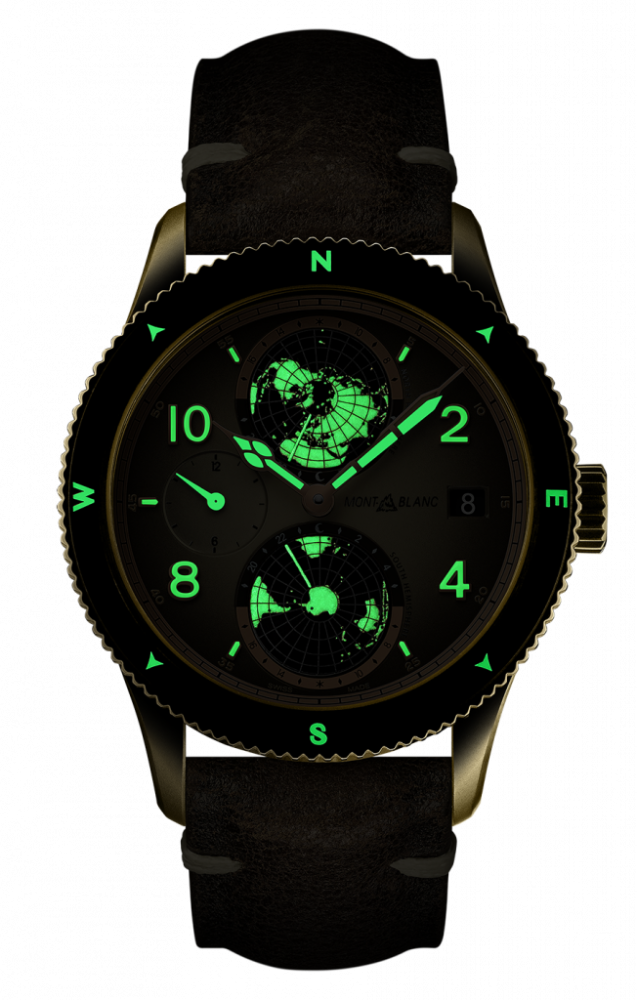
Messner would go on to study architectural engineering at the University of Padua but spent much of the academic year climbing the campus’s brick walls with his brother Guenther to refine their climbing skills. Before finishing his degree, he decided to pursue adventuring as a profession – much to the dismay of his parents. “My parents, my friends, they all tried to stop me as an adventurer,” he recalls. “But I quit my normal life, and I became an adventurer.”
Messner recognises that in hindsight, youth is the most dangerous thing for a mountaineer. “When you’re young, you have the power, you have the enthusiasm, but you don’t have the experience for certain circumstances,” he says. “It took time for me to gain that.”
In his 20s, Messner was an insatiable thrill seeker but understood the importance of failure. “It was better to fail, because a lot of the time I think that failure saved my life. I needed the input of failures. I needed to understand that we’re not all perfect, we’re human. And being human means you have to fail sometimes to learn. Learning is functioning despite failure.”
In 1970, as part of a large German-led team, the Messner brothers were invited to attempt the previously unclimbed Rupal Face of Nanga Parbat in Pakistan, the largest, highest rock wall in the world. Nanga Parbat is 8,126m high; the perilous Rupal Face rises a staggering 4,600m.
Fiercely opinionated about the ethics of climbing and acutely aware of his own prowess, Messner was frustrated by other’s decision-making. The expedition turned out to be a tragic success. “I had two experiences – the most beautiful one and the most tragic difficult one, the death of my brother,” he says.
Three days after their summiting, Messner was found staggering into a remote village, frostbitten and hallucinating. The brothers had traversed the mountain after being unable to descend via the Rupal Face and descended via the previously unexplored Diamir Face. Messner lost seven toes to frostbite, and his brother was nowhere to be found. It wasn’t until 35 years later that the glacier “gifted us his body” that had been swept away in an avalanche.
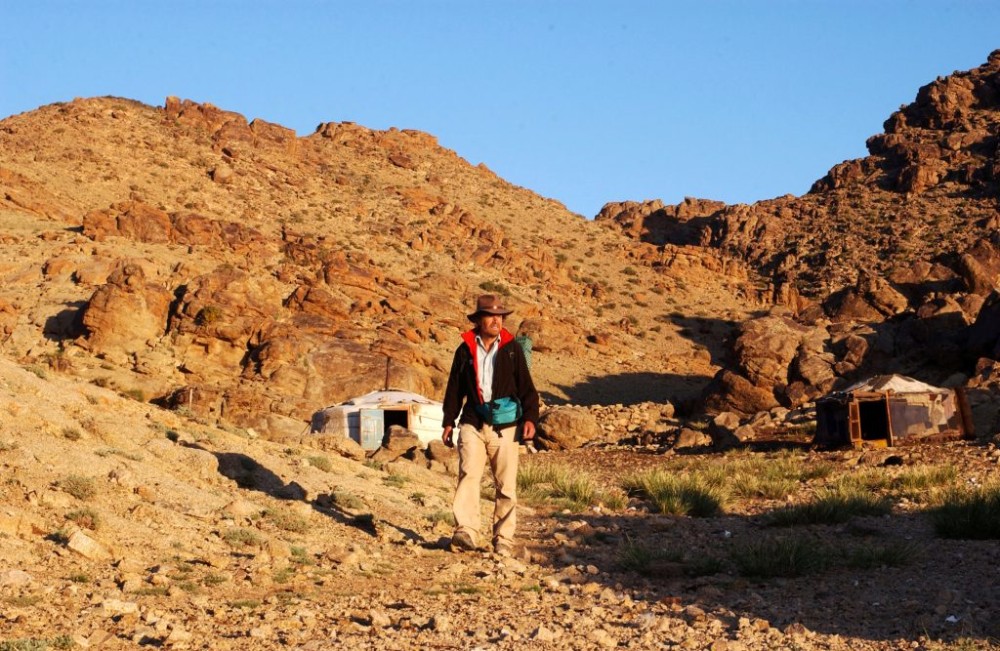
“That expedition changed my life completely, I was the lucky one, but it didn’t feel that way,” Messner says, “Before, I had the feeling I would never die in the mountains. I can handle it from one minute to the next, but then my life changed totally.”
Returning from that expedition, the pressure to quit his “dangerous” lifestyle was never higher. But rather than deterring Messner, his brother’s death spurred him to pursue more summits and led to arguably the most lauded, fabled and lucrative climbing career in history.
Claiming that it’s “not a difficult climb, merely long,” Messner returned to Nanga Parbat many times, summiting it solo the same year he conquered Everest without supplemental oxygen alongside his climbing partner Peter Habeler.
“I’m an adventurer, not an athlete. I’m not interested in the measurement of my experiences; I’m interested in having strong emotional moments”
Reinhold Messner
Messner has rejected the narrative of traditional mountaineering, aiming to streamline the entire process. “The German expedition had eight tonnes of material,” he says, “If you make a mistake, you die. The more gear you have, the more likely you are to fall. I changed the whole system.”
And it paid off. Over the course of his career, Messner would identify as many as 700 new routes to peaks, including a new route on the North face of Everest and a route up the Diamir Face of Nanga Parbat, a route which has since never been repeated. He did all this with just 60kg of gear on his back. “I found a system whereby I had low costs, which meant I could do more expeditions. And I could get closer to the edge of the possibility.”
Thanks to his insatiable appetite for adventure, Messner shifted focus every five to 10 years from climbing to traversing to writing. “I learned by reading. I have here in this house, over 600 books,” he says. “I studied certain people and their experiences. I went really deep into their timings and their equipment.”
Messner’s achievements and philosophy emphasise that traditional alpinism and adventure are not just about the destination but also savouring the journey. “I’m an adventurer, not an athlete,” he says. “I’m not interested in the measurement of my experiences; I’m interested in having strong emotional moments.”
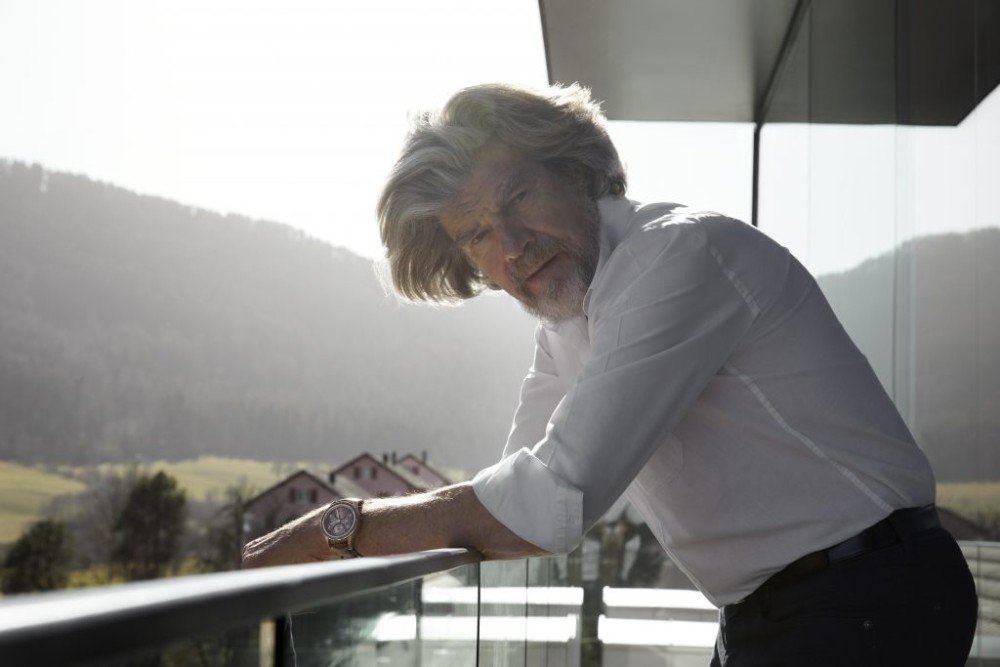
Having published more than 80 books about his experiences as a climber, Messner provides an eloquent celebration of the joys of climbing. He has shown signs of softening in his recent books, where he gives the reader a glimpse of the core emotion that rules his life: loneliness. Odd, one might say, for a climber who’s made a life venturing alone to the top of the world’s most dangerous mountains. But perhaps it’s in the solitude that he finds his connection.
“I started writing because I had very strong experiences, emotions, on my climbs.” he says. “Being one of the first climbers, we wrote about these inner feelings and less about how many times and how much oxygen and how many partners and all this going up.”
These days Messner is as famous for his irascibility and outspoken views on mountaineering as the mountains he has scaled. “Looking back, I have the feeling that stories around adventure, around mountaineering, are as important as the activities themselves.”
In Messner’s view, there’s no more possibility of adventure or risk on the world’s highest mountains and their appeal has therefore dwindled. He’s now set up a foundation that helps educate children and fund small hospitals in rural mountainous areas. “I’m very thankful to the local people,” he says, “especially when they saved my life.”
See also: The need for speed: Richard Mille introduces its McLaren Speedtail watch




























